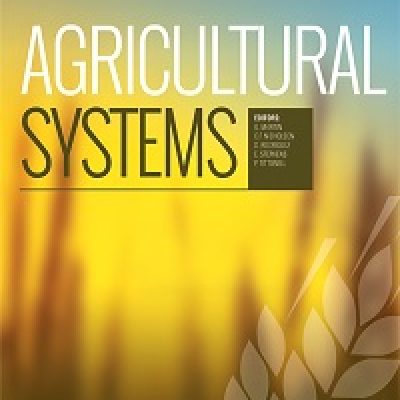Why do corporate farms survive in Central and Eastern Europe?
Imre Fetrő, Štefan Bojnec. Ichiro Iwasaki, Yoshisada Shida
Highlights
The corporate farm survival may be one of the main drivers of changes in agricultural systems.
The survival of corporate farms may be associated with farm- and agricultural industry-specific, and other exogenous factors.
The legal format, ownership structure, and corporate finance indicators are relevant to corporate farm survival.
The agricultural factor endowments exhibit economically meaningful association with the survival probability.
ABSTRACT
CONTEXT
This article examines the process of the transformation of agricultural systems in post-communist Central and Eastern European (CEE) countries. It focuses on the survival of large agricultural firms, known as corporate farms, during periods of economic liberalization, privatization, land reform, and the restructuring of economies and the agricultural sector. The survival of corporate farms plays a significant role in driving structural changes within the farming sector and facilitating the transition from centrally planned to market-driven farming systems in the respective countries.
OBJECTIVE
The study investigates the factors correlated to the survival of corporate farms based on cross-country data analysis for 17 CEE countries. The survival of corporate farms can be correlated with a combination of farm-specific characteristics, sector-specific factors within the agricultural industry, country-specific natural and other resource endowments, and external factors related to a conducive economic environment.
METHODS
The study examines the viability of corporate farms by utilizing a comprehensive dataset encompassing 17 CEE countries between 2007 and 2019. The accelerated failure time model is employed to estimate the survival probabilities of these farms. The study uses the Nelson-Aalen estimator to calculate the cumulative hazard function and Kaplan-Meier survival function. Additionally, the baseline estimation of the two-level mixed-effects Weibull accelerated failure time model is utilized. Furthermore, estimations are conducted under various assumptions regarding sample restriction to ensure the robustness of the results.
RESULTS AND CONCLUSIONS
We find remarkable differences in corporate farm survival rates among 17 CEE countries. We document that legal format, ownership structure, and corporate finance indicators are highly relevant to corporate farm survival. Estimations reveal the non-linear correlation between corporate-farm size and age and their survival. We show that agricultural factor endowments and agricultural trade openness exhibit statistically significant and economically meaningful correlations with the survival probability of the sample farms.
SIGNIFICANCE
Farm-, sector- and country-specific factors play a crucial role in agri-food production, as well as regional and global food security. Diverse agricultural system structures may be associated with distinct farm attributes, various agricultural sector- and country-specific factors, and diverse allocations of agricultural resources. Better agricultural factor endowments and a conducive macroeconomic environment can foster comparative advantages and enhance corporate farm viability and survival. The findings of this study may be of significance to scholars and practitioners who are interested in comprehending the shifts in agricultural farm structures within agricultural systems.



